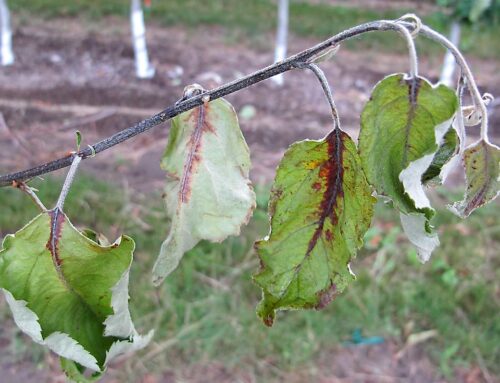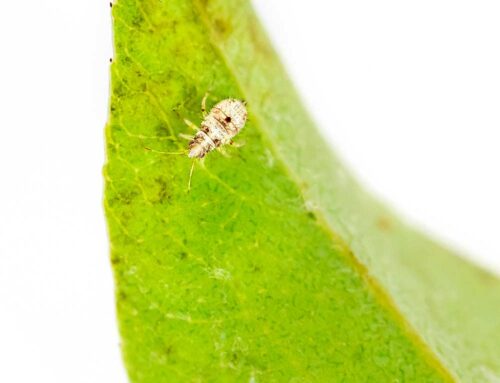While many pear growers in the Pacific Northwest have welcomed Dr. Amit Dhingra’s efforts to push the pear industry into the twenty-first century, some have not.
While some urged the Washington State University genomicist to apply for funding to do research to help modernize the pear industry, a few people vehemently discouraged him, he reports. “I think it’s a natural reaction to change.”
Bob Gix, co-chair of the research subcommittee of the Fresh and Processed Pear Committees, said there are different points of view within the industry.
On the one hand, some people fear that growers with traditional systems in the hilly growing areas might not be able to compete if dwarfing pear rootstocks were available, allowing earlier yields, or a new consumer-worthy variety was developed that could be grown in the hotter growing areas.
“I think there’s a percentage of growers who feel that way, and that might be the older, more established grower point of view,” Gix said.
But others, particularly those representing the next generation, realize that the industry might need to address problems with drift when spraying big, old trees, and reduce the size of the trees to improve labor efficiency. They might want to plant more intensively to bring trees into production sooner and get higher yields.
Dhingra said some growers feel comfortable with the way they’re producing pears now and don’t see a need to change because pears have been profitable for the past few seasons.
“The farmers are making enough money,” he acknowledged. “But they could be making far more.”
Dan Kelly, manager of the Washington Growers Clearing House Association, said returns for Pacific Northwest pears have been relatively strong for the past five years, although they dipped slightly in 2011-2012 when the region produced a record pear crop.
The 2012-2013 season average price for all grades and sizes rebounded to just under $25 a box, which is a record high for pears and almost the same as the average apple price for the season.
“This year was higher than normal,” said Kelly, who believes pear prices were influenced by higher apple prices during a season when the East and Midwest had much smaller crops. “All boats rise with the high tide.”
Mike Taylor, vice president of sales and marketing for Stemilt Growers, Inc., Wenatchee, who serves on the industry’s Fresh Pear Committee, agreed that high prices for apples have helped change buyers’ perceptions about fruit prices and led to higher prices for pears, too. At the end of last season, pears were selling for as much as $35 a 44-pound box.
“We used to think $25 was a lot of money for a box of apples,” he said. “Now we have Honeycrisp selling for $100, so $30 pears are a bargain.”






Leave A Comment